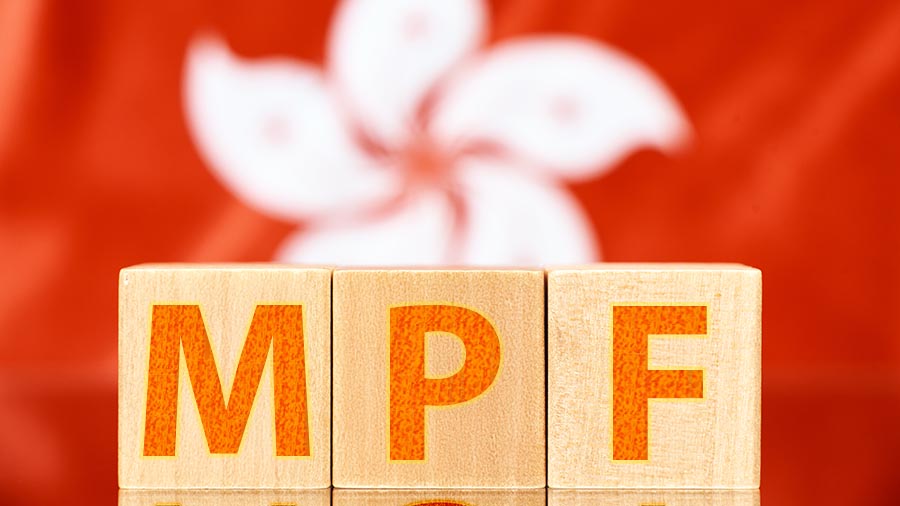So China Has Overtaken Japan. Now What?
Op-Ed Commentary: Chris Devonshire-Ellis

Japan. Not quite ready to be overtaken in spending power by Chinese consumers just yet.
Feb. 17 – I’ve spent the past week in Tokyo, evaluating opportunities for our firm to have a presence there. During my stay, the official news (actually it’s been suspected for some time) that China had overtaken Japan as the world’s second largest economy broke. While many of the international newspapers concentrated on the reaction of Chinese nationals, the reaction in Japan was rather more muted. Not in a “we’re now third and the Chinese are beating us” mentality, but more in a shrug of the shoulders style reaction. At the end of the day, does the statistic really matter beyond a bit of international posturing?
In terms of size and resources, both territorially and population, China should be number one by a mile and India second, followed by either Russia, the United States or Brazil. Add in the unified mix of the European Union and they too have a say in the makeup of the top six. Japan would be top ten, but definitely not third. The fact that this is not the case is a legacy of wasted opportunities, war, and differing political systems.
Accordingly Japan, with a population less than one-tenth of the size of China, has held onto second place for so long it is perhaps more an example of Japanese tenacity and development than China’s immediate rise and its ability to claim second place. In fact, the comparison in terms of economic size is somewhat misleading as to the true picture of the differences between China and Japan. In terms of PPP adjusted GDP, China is top dog by far, placing US$9.872 trillion against Japan’s US$4.338 trillion last year. China also leads, as one would expect with a consumer base 10 times larger than Japan, in imports – US$1.307 trillion against Japan’s US$636.8 billion last year. These place China third globally (behind the United States and European Union) and Japan fifth. Exports, meanwhile, see China positioned as second globally with US$1.506 trillion measured against Japan’s US$636.8 billion (fifth).
However, therein lies the rub – the quality of exports and the added value of them is far different for Chinese products as compared to Japan’s. China is still the global manufacturing base for cheap goods – while Japan left that behind decades ago. This difference shows up in the earnings level of each country – cheap manufacturing with little added value meant China’s average wage last year (PPP adjusted) was US$7,226 per annum against Japan’s US$29,681. Little wonder the Japanese shrug off China’s second place in economic size – it doesn’t mean the Chinese are any richer – in fact the average Chinese is considerably worse off than the average Japanese. This also shows up in supermarket sales, in which China achieved US$39 billion (2009) and Japan US$153 billion during the same period. That’s close to a multiple of four times the value of sales than the Chinese consumer in a consumer market per capita a tenth of China’s. The same is true of department store sales, where China lagged behind Japan with sales of US$37.9 billion as opposed to US$78.6billion.
The reasons, however, that multinationals are getting excited about China are the growth figures – China has been demonstrating growth of 10 percent per annum while Japan has been declining. While Japan may have its problems, and its economy could be doing better, there’s hardly any need for the average Japanese to feel concerned by the purchasing power of China over Japan anytime soon. Although the rest of the world may make Ooohs and Ahhhs at China’s performance, with an added value income gap that big it’s just one statistic in a pile of many for Japan, while the one that truly counts is dollars in pocket.
Neither does China particularly wish to emulate the United States. In terms of admiring economies and how they have developed, it’s also true to say that it’s the Japanese model of moving away from cheap goods to an economy focused on high technology, innovation and added value that China wants to achieve. Japan is the role model. While no Chinese politician would want to admit it given the historic animosity towards Japan, China has its eyes rather more on the Japanese economic miracle than they would prefer us to believe. The China of the next decade is already with us – and it’s called Japan.
Chris Devonshire-Ellis is the founding partner of Dezan Shira & Associates, a foreign direct investment practice established in Asia for 19 years. To contact the firm concerning foreign investment laws and taxes in China, please email china@dezshira.com or download the firm’s brochure here.
- Previous Article Preferential Tax Policy for Small-Scale and Low-Profit Enterprises to Continue
- Next Article Hong Kong Ruling Confirms China Judicial Rights























